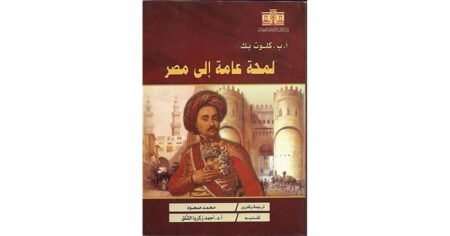Study: The image of the horse was associated with the palm tree and wheat grains in the gold coin versions
Throughout successive ages, peoples have been known to immortalize the heroic appearances of horsemanship and horses, by stamping coins and mosaic paintings as well as postage, commemorative stamps and medals.

One of the oldest manifestations of horse imprinting on coins was in the Phoenician world, where it appeared early and as early as the sixth century BC in the cities of the eastern shore of the Phoenician Sea, and then moved to appear over the Phoenician coins in North Africa, especially the silver city of Carthage coins. According to the study prepared by researcher Khalil al-Miqdad.
The study adds: “The image of the horse appeared in connection with the palm tree, which was frequently inscribed in the gold coins dating back to the fifth and fourth centuries BC, which itself could become a subject for various studies and research.”
Al-Miqdad explains: “The appearance of the horse over the coins increased with the presence of wheat grains. Phoenician coins were minted in North Africa of the silver“ tetradakhma ”denomination, as it appears over the front face of the coin and in the middle is an image of a horse and in front of it wheat grains in the form of a basket or love in a concave bowl Above him the goddess of victory “Nikka”, the winged flying, appeared crowned and crowned or shaded the horse.
The study dealt with horses and their appearance on money and how horsemanship was associated with a knight or a horse on the back of a horse, horse or mare, as well as chariots and racing chariots drawn by horses. However, equestrian horses have their riders and their fields, so not “everyone who rides a horse has become a fantasy .. and not everyone who descends The field was a knight, ”and that that has its conditions, manifestations and laws, and the best of that is equestrianism in the fields of rogue.
The study indicates that the heroic aspects of equestrianism were the primary concern of all members of society, so equestrian fields were depicted on many mosaic and non-mosaic paintings, and the details of the events that took place in them were also depicted, and many stories and narratives were also woven, including the real and the imaginary, some of which were included in the course. The themes and myths woven by Arab, Greek and Roman mythology, to the extent that they became iconic themes.
And he adds: “But what we see most of these appearances are those engraved above the coins of all kinds, from metal coins such as gold, silver and copper ornaments, or coins throughout history, which are still continuing to the present day, including popular paintings.” And that tradition began to appear above postage stamps. Memorials and medals commemorating the events of the championships.
Al-Miqdad confirms in his study: “The horse was and still dazzles man and inspires artists, and that is why sculpture artists were inspired by the ideas of their paintings that adorned the facades of the ancient buildings in the civilizations of the Levant, Mesopotamia and the Nile for thousands of years.”
Then that inspiration moved to Greece and was translated by the dean of classical Greek sculpture “Phidias”, whose paintings and paintings by his students decorated the facades of the “Pantheon” building in Athens, and then the mural artists in Pompeii, in addition to “painting number 12” since the sixth century BC, as well as the artists of paintings Mosaic in the ancient cities, especially the artists in Syria.








